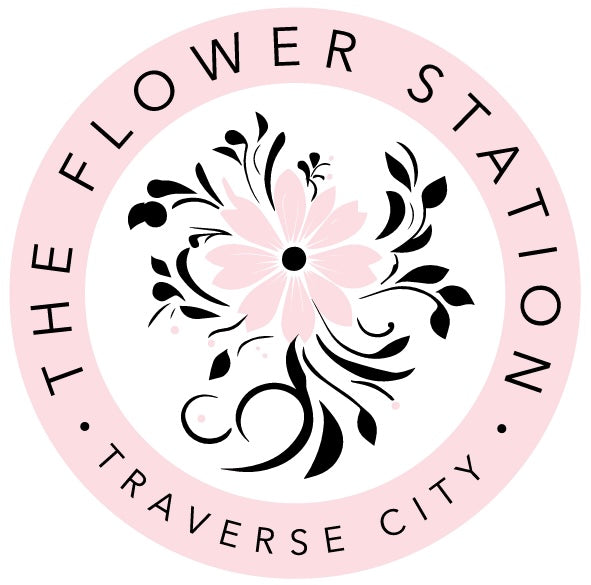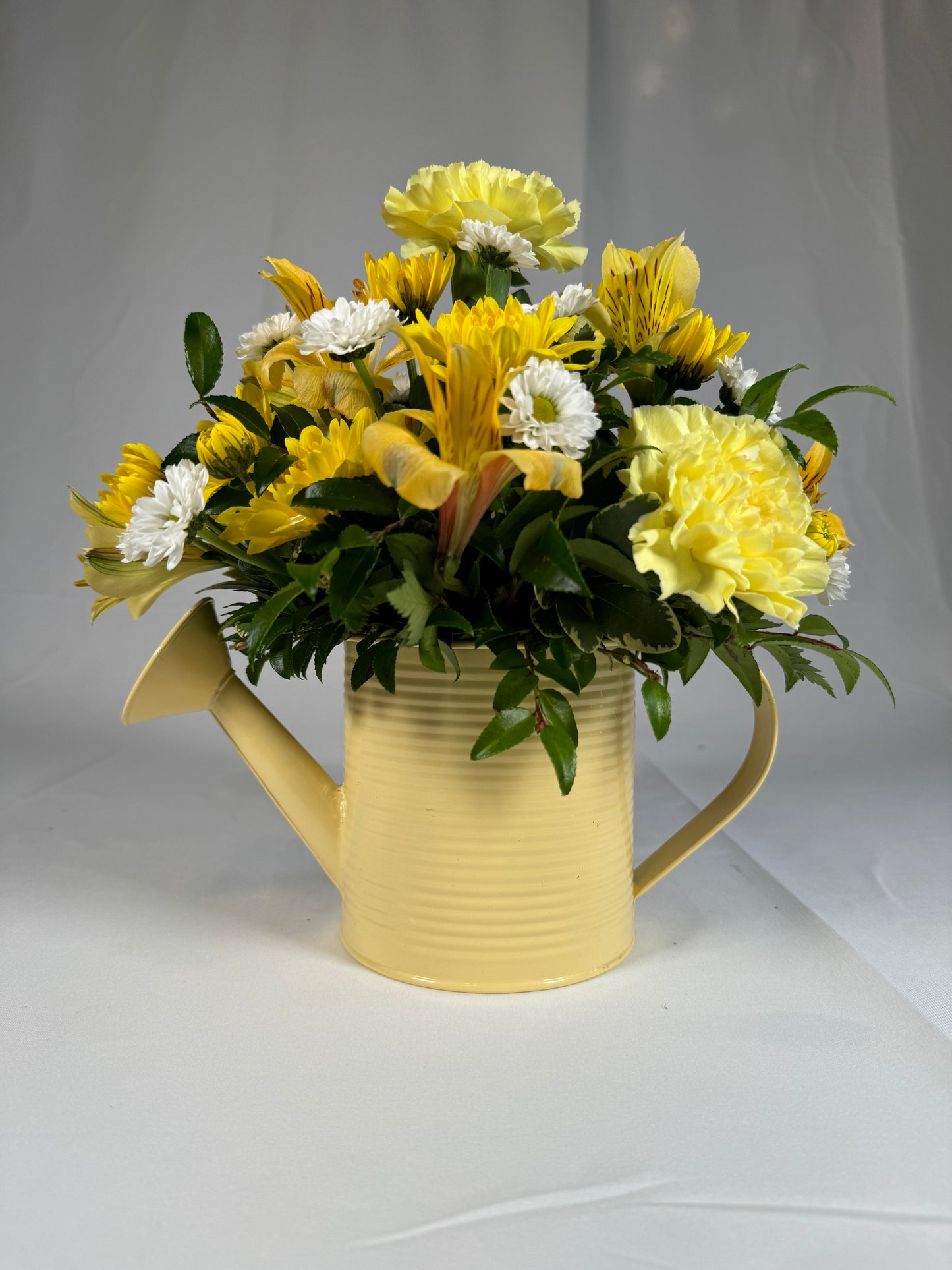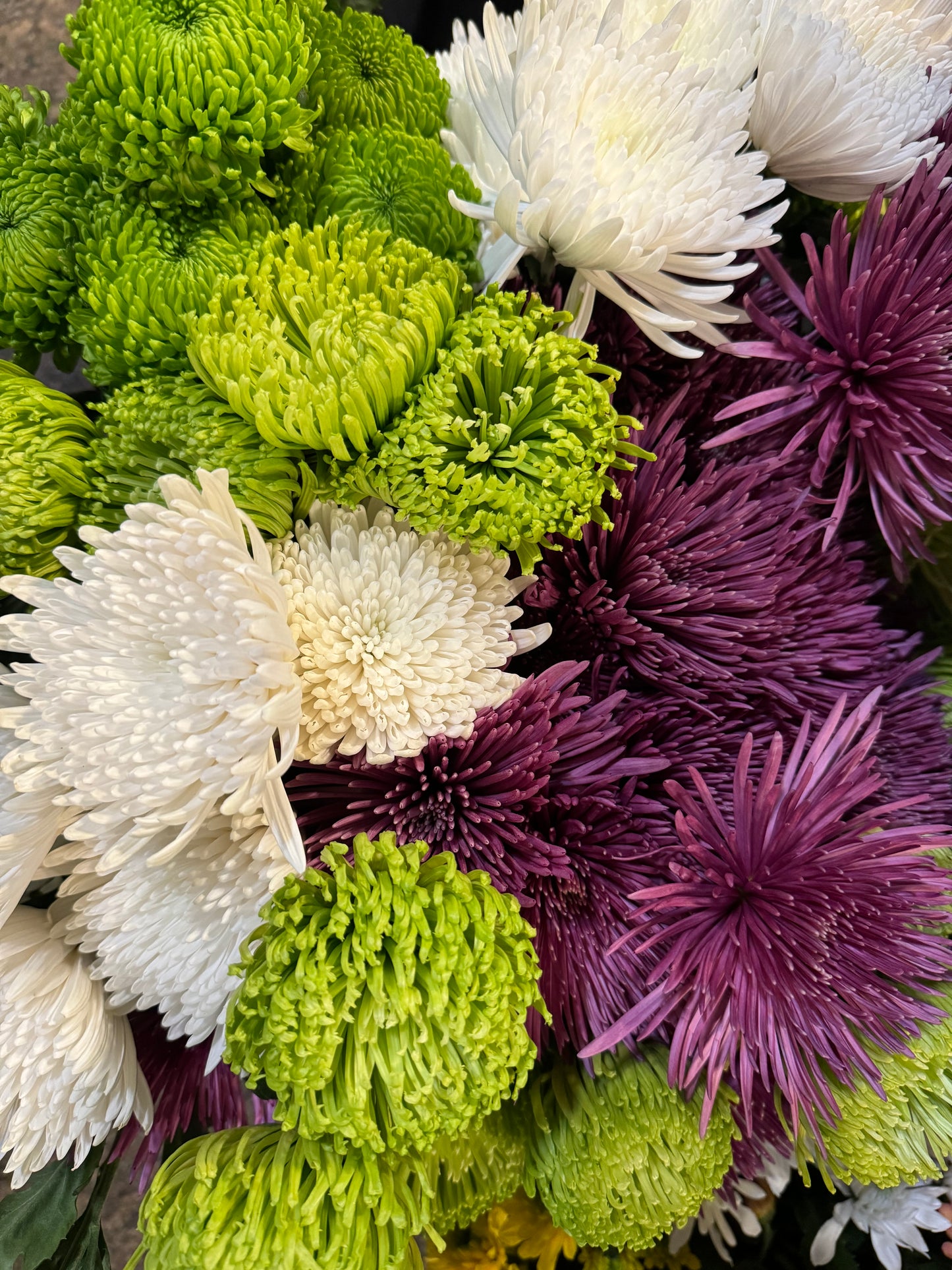
From ancient mythology to modern counterculture movements, the daisy flower has woven its way through human history, symbolizing innocence, purity, and the simple joys of life. Let’s embark on a journey through time to explore the fascinating history of this beloved bloom.
Ancient Roots:
The daisy, scientifically known as Bellis perennis, has a rich history dating back to ancient civilizations. In Greek mythology, the daisy was associated with the nymph Belides, who transformed herself into the flower to escape the unwanted advances of Vertumnus, the god of gardens. The Romans also revered the daisy, considering it a symbol of love and fertility.
Medieval Symbolism:
During the Middle Ages, the daisy continued to hold significance, often depicted in medieval artwork as a symbol of purity and the Virgin Mary. Its name, “day’s eye,” reflects its habit of closing at night and reopening at dawn, symbolizing renewal and rebirth.
Victorian Era:
In the Victorian era, the daisy became a popular motif in literature and art, representing innocence and simplicity. It was also a favorite flower in romantic bouquets, symbolizing true love and loyalty.
Hippie Movement and Counterculture Symbolism:
In the 1960s, during the height of the hippie movement, the daisy experienced a resurgence in popularity. Associated with the values of peace, love, and harmony with nature, the daisy became an iconic symbol of the counterculture. The famous “flower power” movement adopted the daisy as its emblem, using it in protests against war and environmental degradation.
Cultural Influence:
The daisy’s influence extends beyond its symbolic meanings. Its cheerful appearance and hardy nature have made it a favorite in gardens around the world. Its dainty white petals surrounding a bright yellow center evoke feelings of joy and optimism, making it a popular choice for floral arrangements and landscaping.
Modern Uses:
Today, the daisy continues to captivate hearts with its timeless beauty. It is used in herbal medicine for its purported medicinal properties, including its ability to soothe skin irritations and reduce inflammation. Additionally, the daisy remains a beloved flower in wedding bouquets, symbolizing purity and new beginnings.
As we trace the history of the daisy flower, from ancient mythology to modern-day symbolism, we are reminded of its enduring charm and significance in human culture. Whether adorning a wedding bouquet or serving as a symbol of peace, the daisy continues to captivate hearts and minds, embodying the timeless beauty of nature.
References:
1. “Bellis perennis.” Wikipedia, Wikimedia Foundation, 7 May 2024, en.wikipedia.org/wiki/Bellis_perennis.
2. “Flower power (movement).” Wikipedia, Wikimedia Foundation, 8 May 2024, en.wikipedia.org/wiki/Flower_power_(movement).
Ancient Roots:
The daisy, scientifically known as Bellis perennis, has a rich history dating back to ancient civilizations. In Greek mythology, the daisy was associated with the nymph Belides, who transformed herself into the flower to escape the unwanted advances of Vertumnus, the god of gardens. The Romans also revered the daisy, considering it a symbol of love and fertility.
Medieval Symbolism:
During the Middle Ages, the daisy continued to hold significance, often depicted in medieval artwork as a symbol of purity and the Virgin Mary. Its name, “day’s eye,” reflects its habit of closing at night and reopening at dawn, symbolizing renewal and rebirth.
Victorian Era:
In the Victorian era, the daisy became a popular motif in literature and art, representing innocence and simplicity. It was also a favorite flower in romantic bouquets, symbolizing true love and loyalty.
Hippie Movement and Counterculture Symbolism:
In the 1960s, during the height of the hippie movement, the daisy experienced a resurgence in popularity. Associated with the values of peace, love, and harmony with nature, the daisy became an iconic symbol of the counterculture. The famous “flower power” movement adopted the daisy as its emblem, using it in protests against war and environmental degradation.
Cultural Influence:
The daisy’s influence extends beyond its symbolic meanings. Its cheerful appearance and hardy nature have made it a favorite in gardens around the world. Its dainty white petals surrounding a bright yellow center evoke feelings of joy and optimism, making it a popular choice for floral arrangements and landscaping.
Modern Uses:
Today, the daisy continues to captivate hearts with its timeless beauty. It is used in herbal medicine for its purported medicinal properties, including its ability to soothe skin irritations and reduce inflammation. Additionally, the daisy remains a beloved flower in wedding bouquets, symbolizing purity and new beginnings.
As we trace the history of the daisy flower, from ancient mythology to modern-day symbolism, we are reminded of its enduring charm and significance in human culture. Whether adorning a wedding bouquet or serving as a symbol of peace, the daisy continues to captivate hearts and minds, embodying the timeless beauty of nature.
References:
1. “Bellis perennis.” Wikipedia, Wikimedia Foundation, 7 May 2024, en.wikipedia.org/wiki/Bellis_perennis.
2. “Flower power (movement).” Wikipedia, Wikimedia Foundation, 8 May 2024, en.wikipedia.org/wiki/Flower_power_(movement).





























